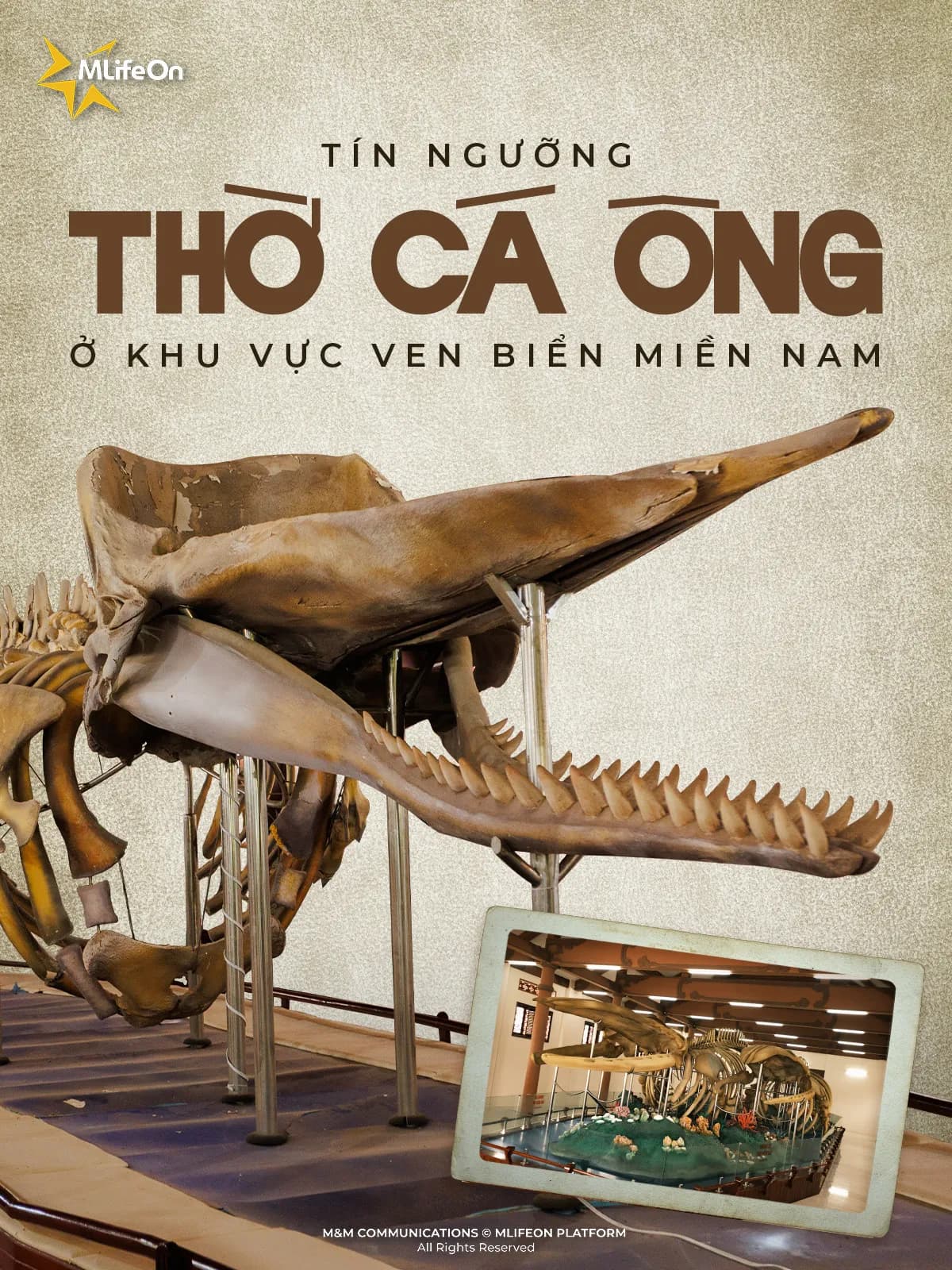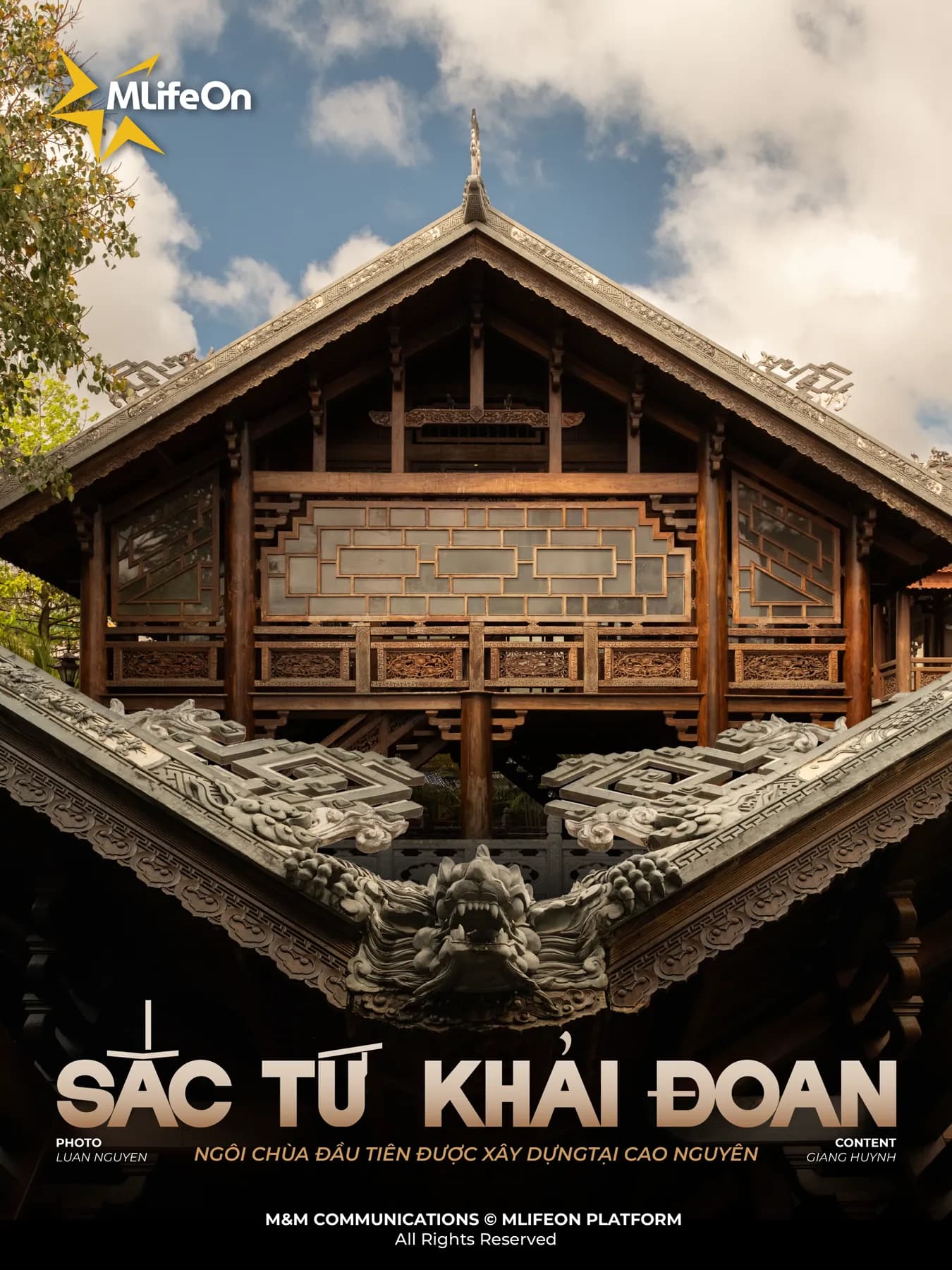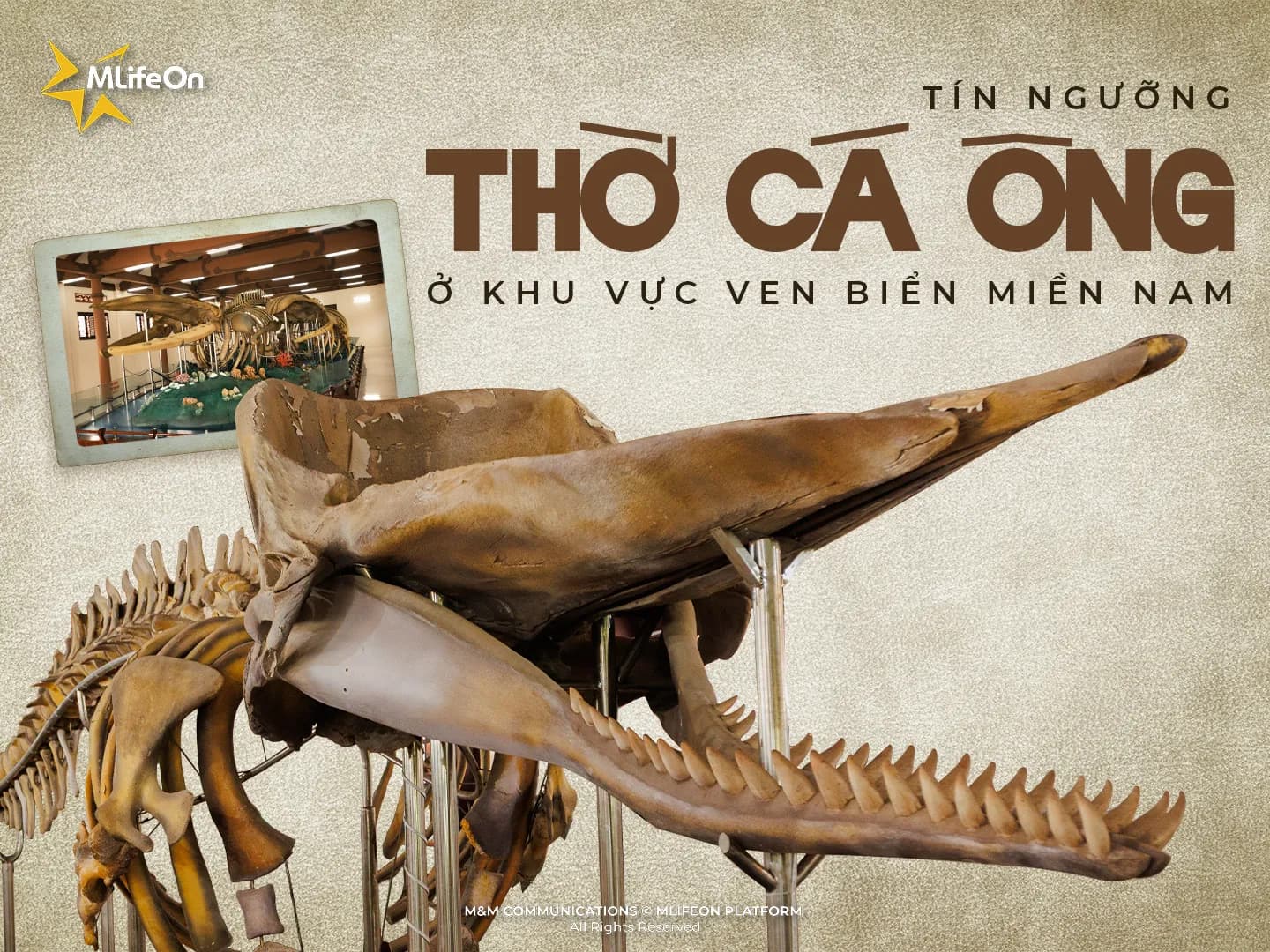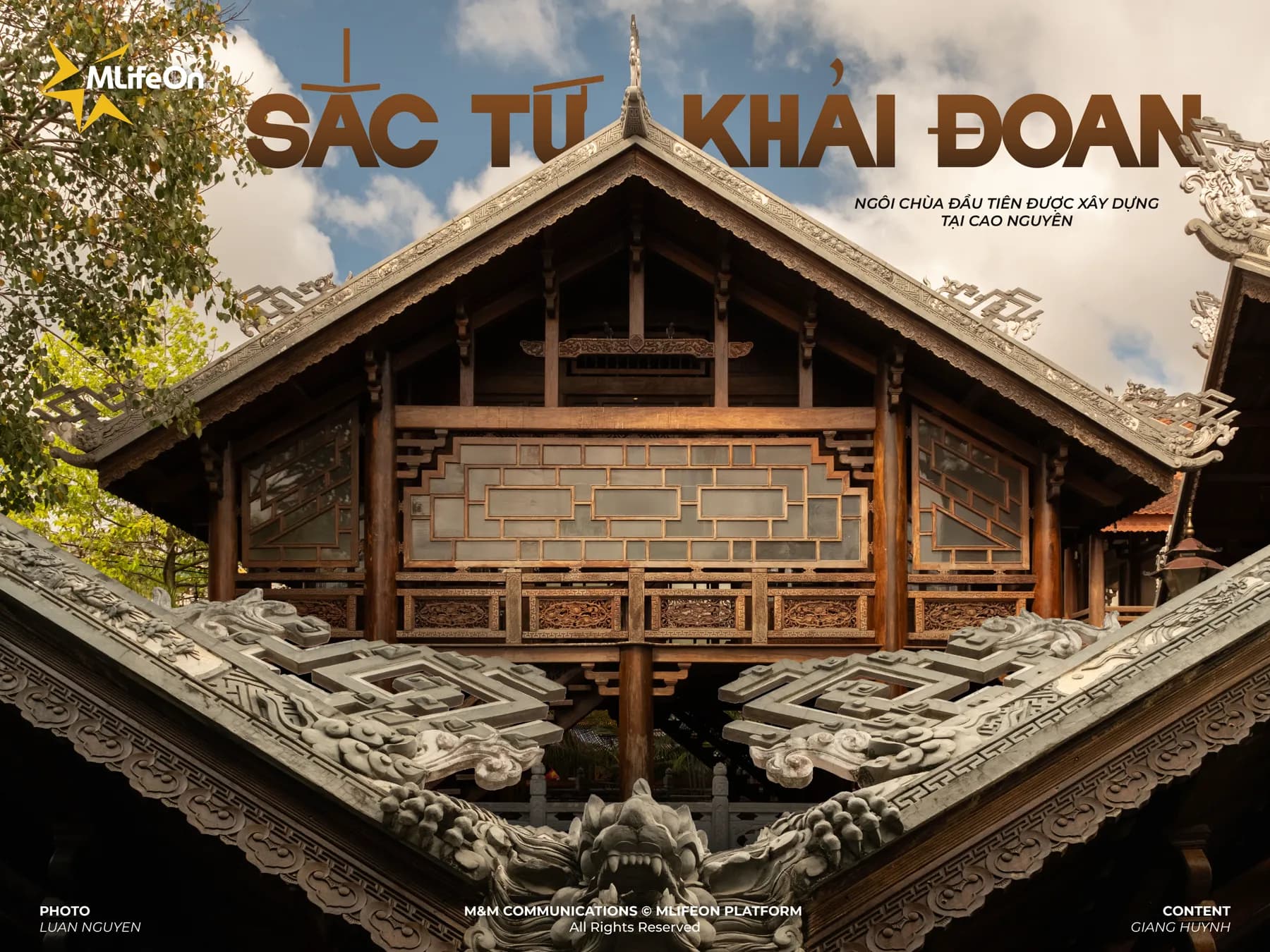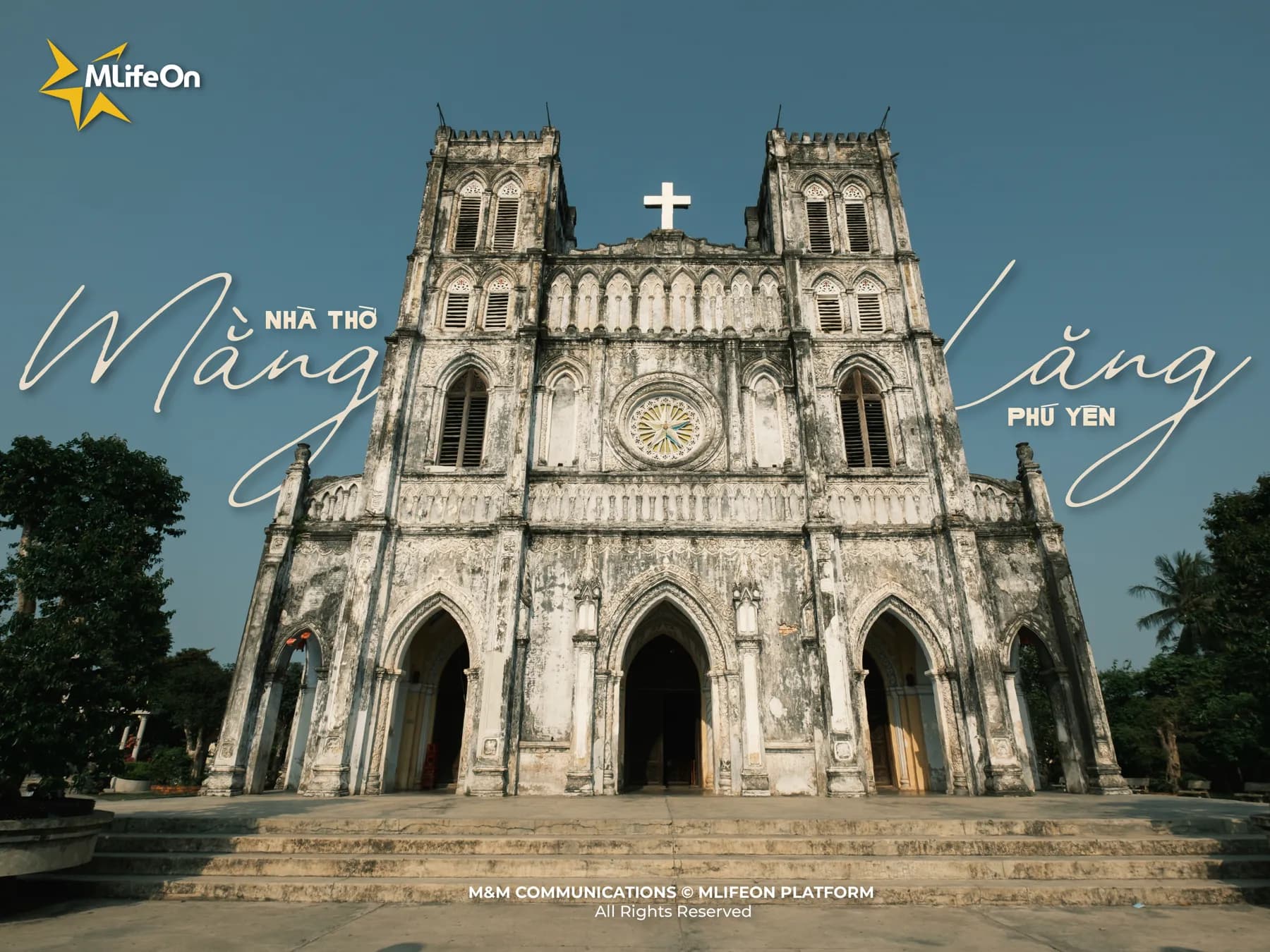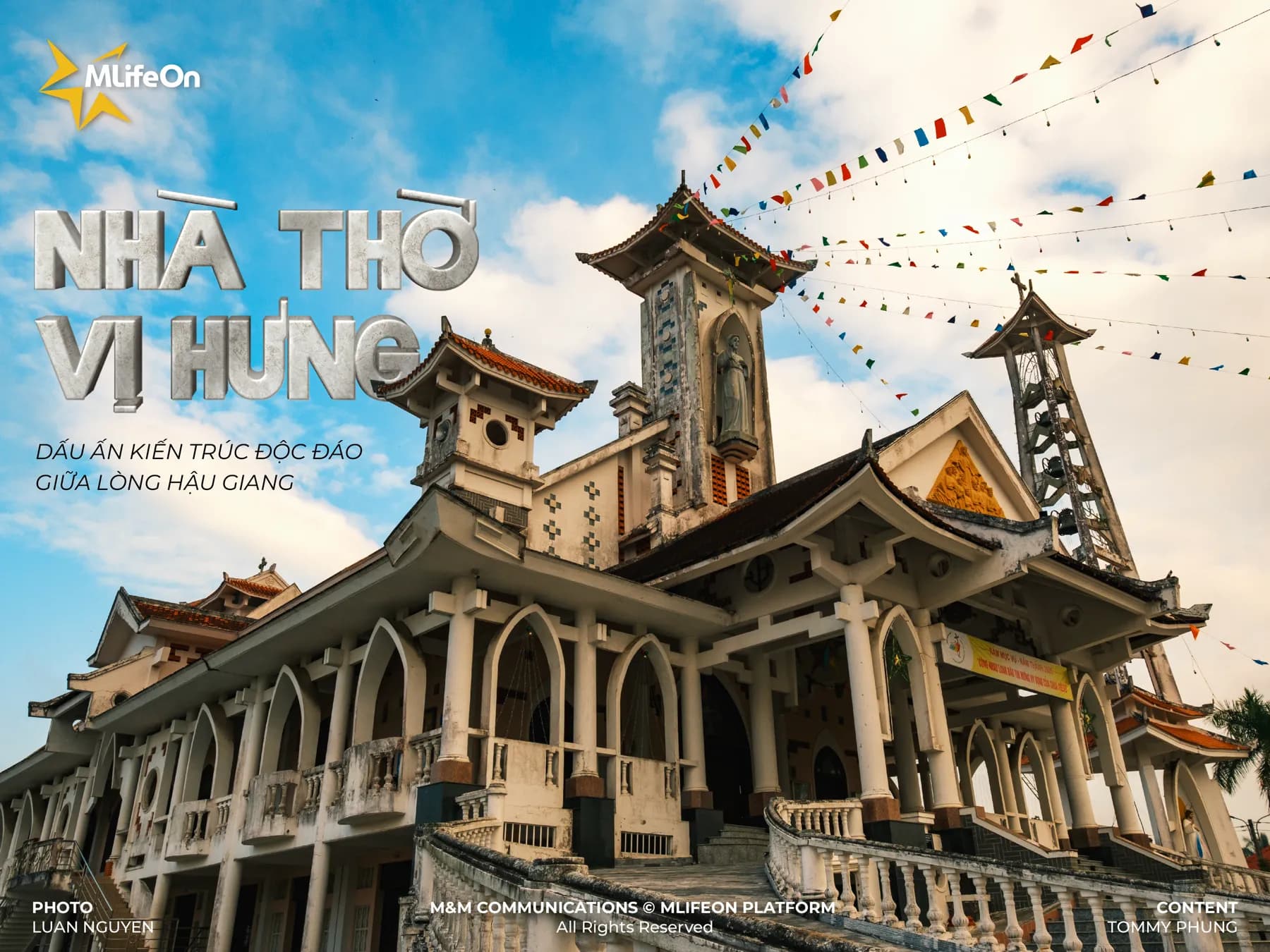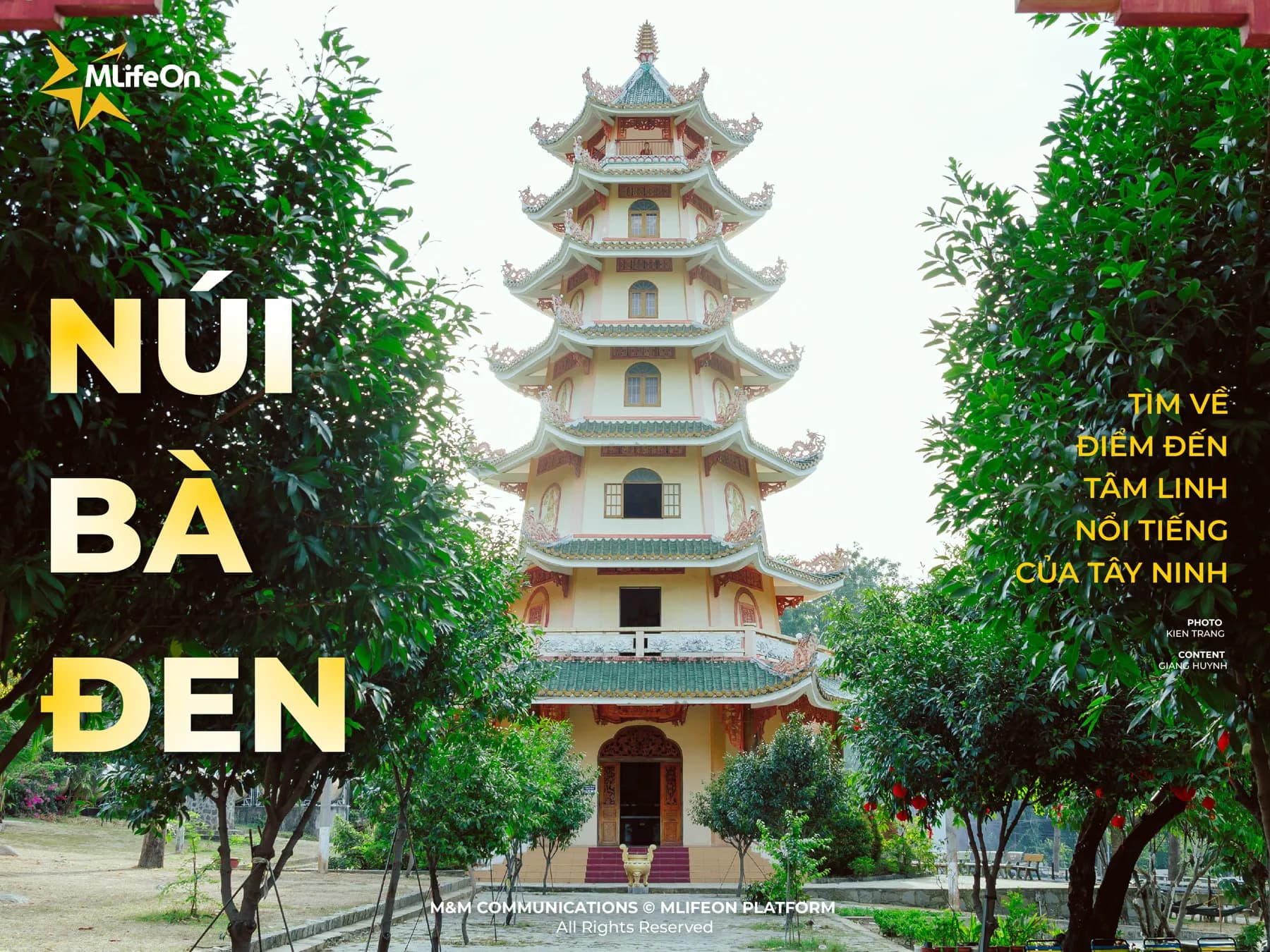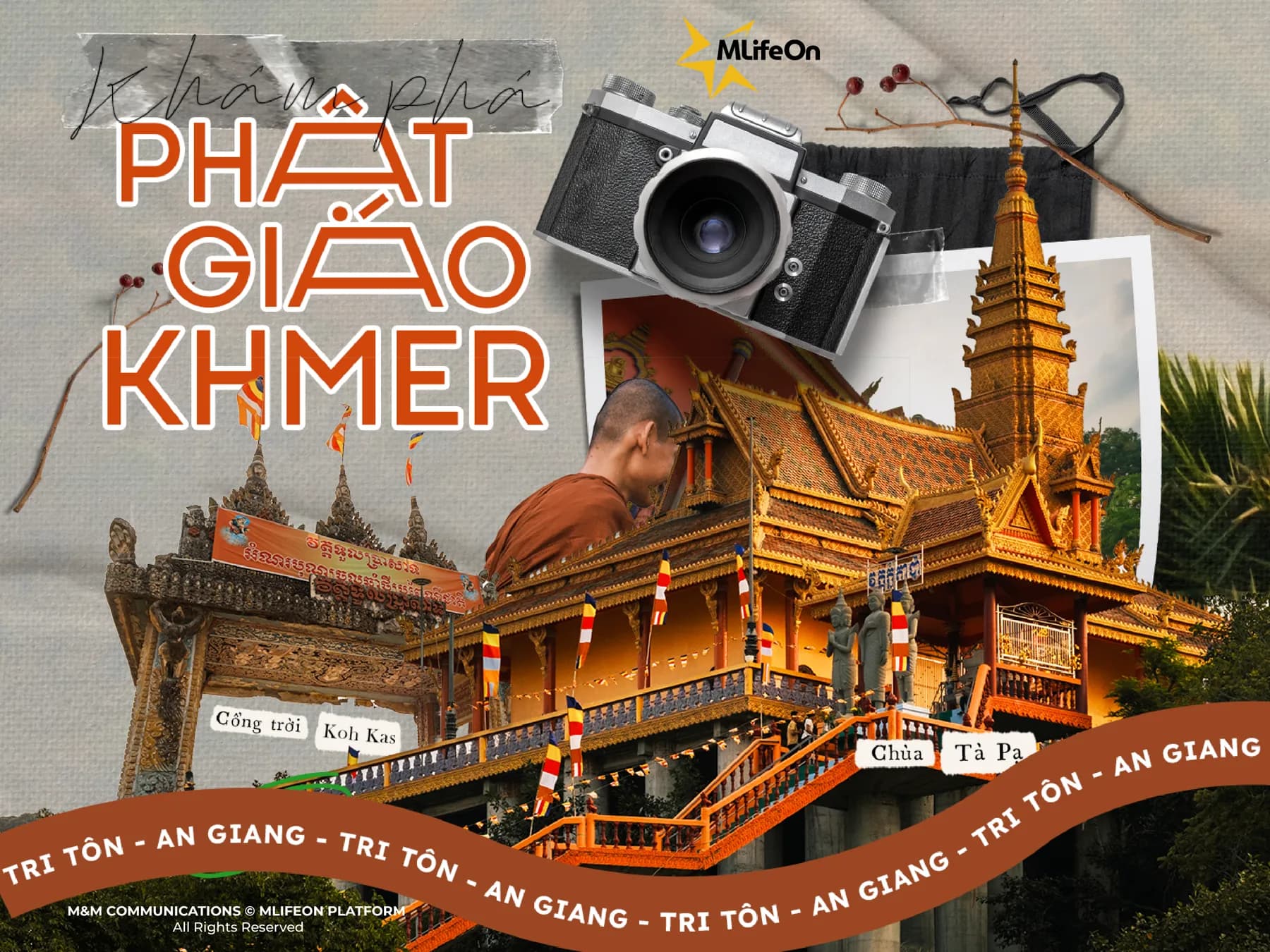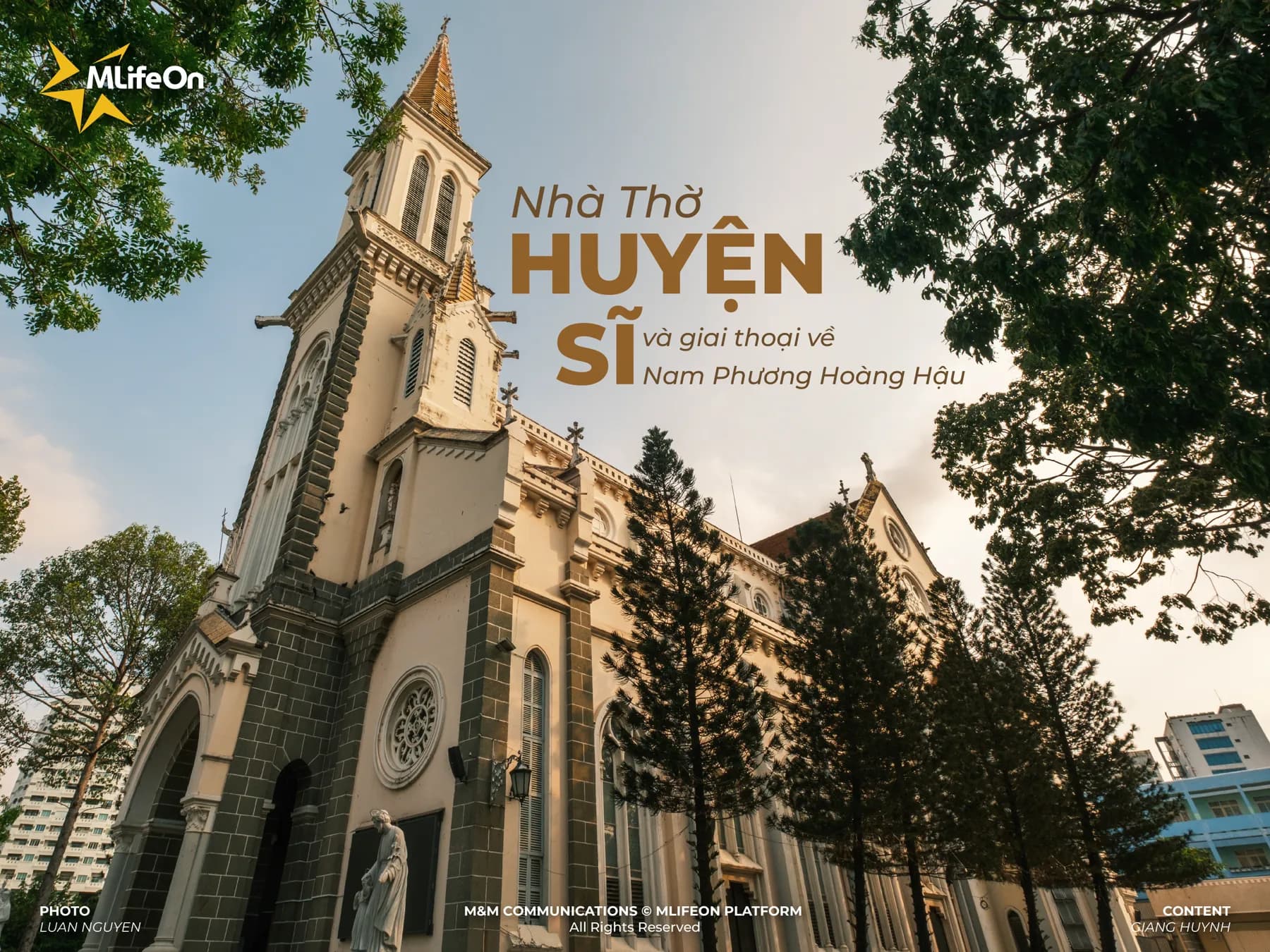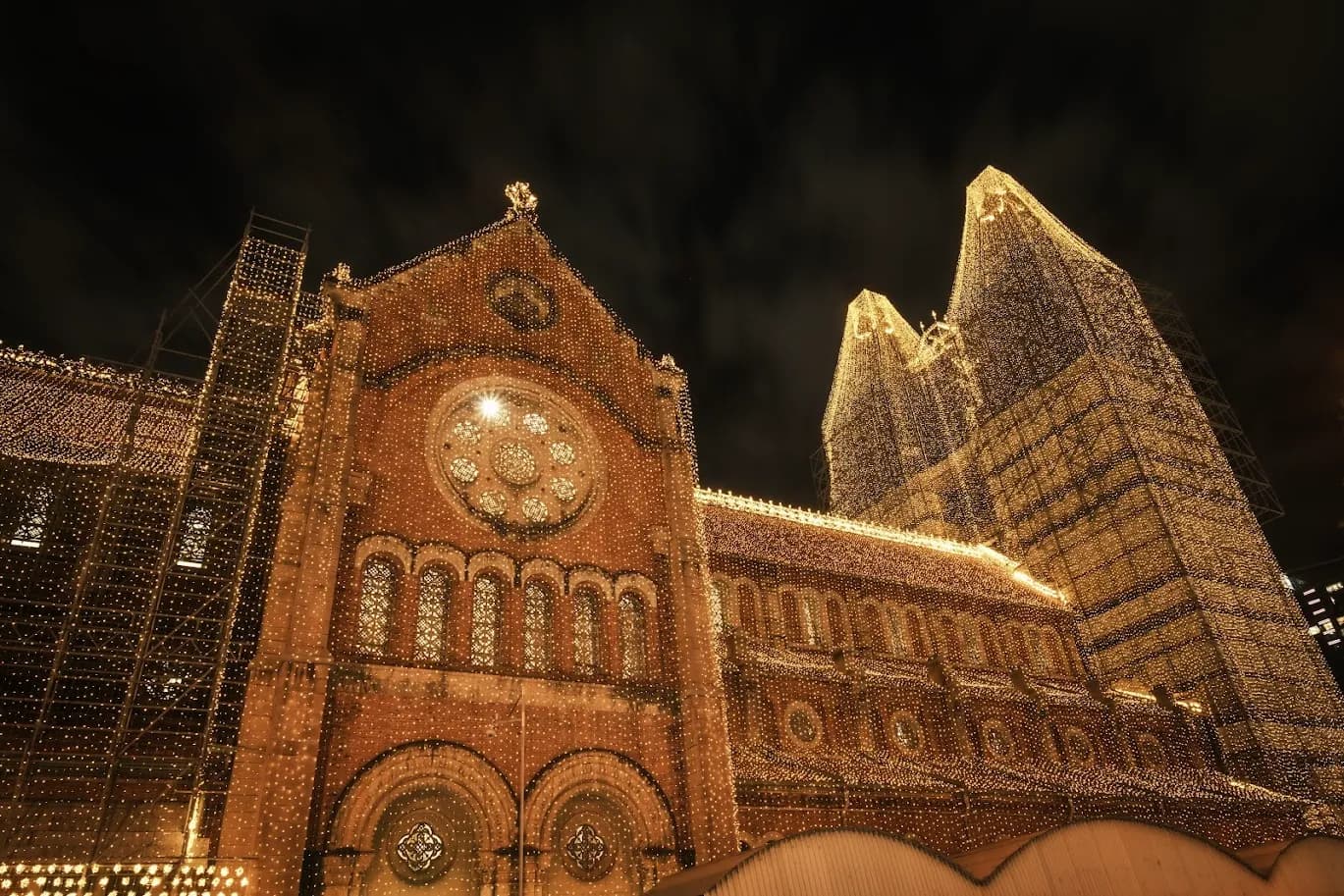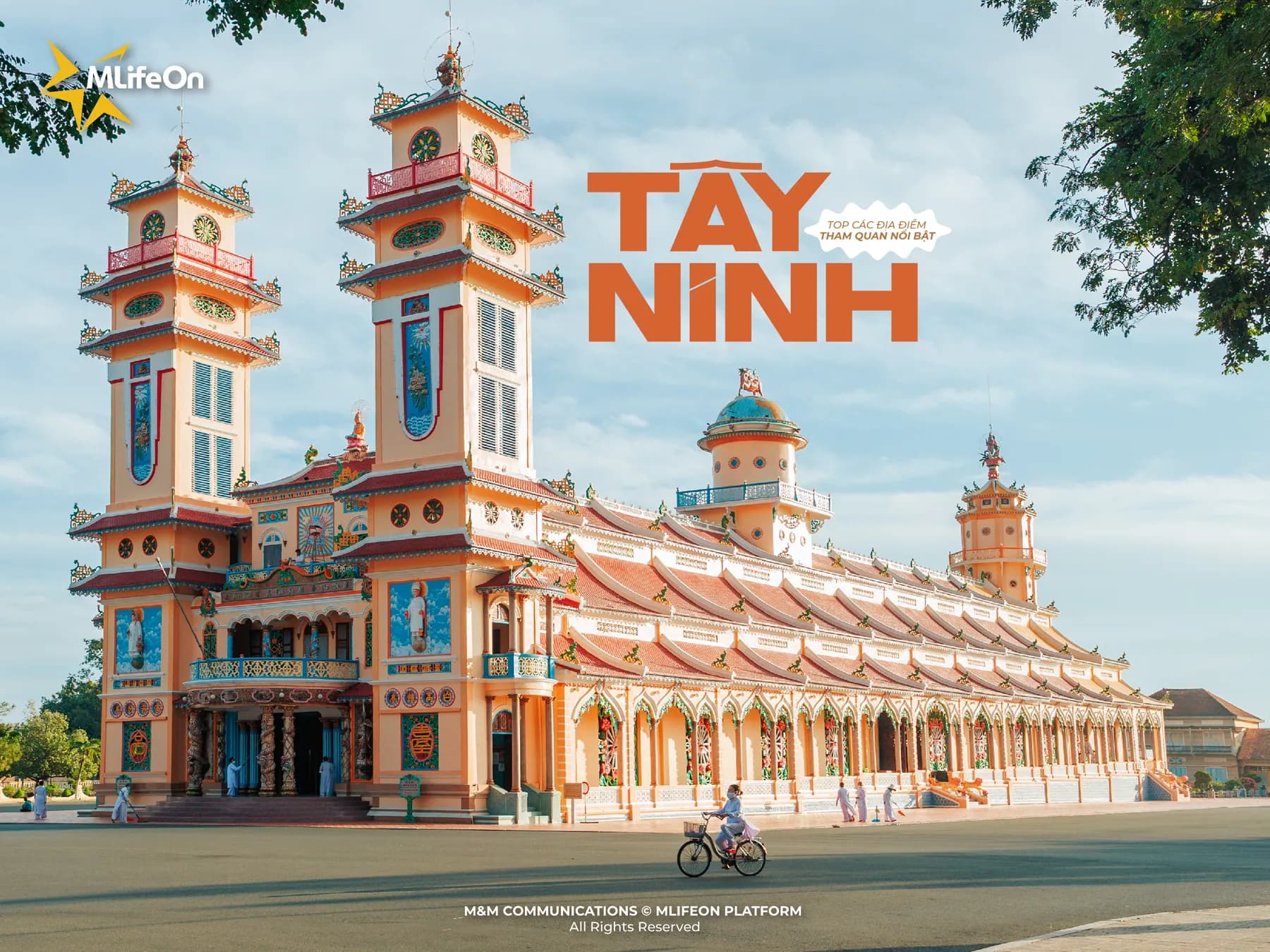I came to George Town by chance. And on this fateful journey, Cheah Kongsi with its antiquity and impressive architecture attracted me. I raised my camera to capture the beautiful moments of this outstanding architectural work.
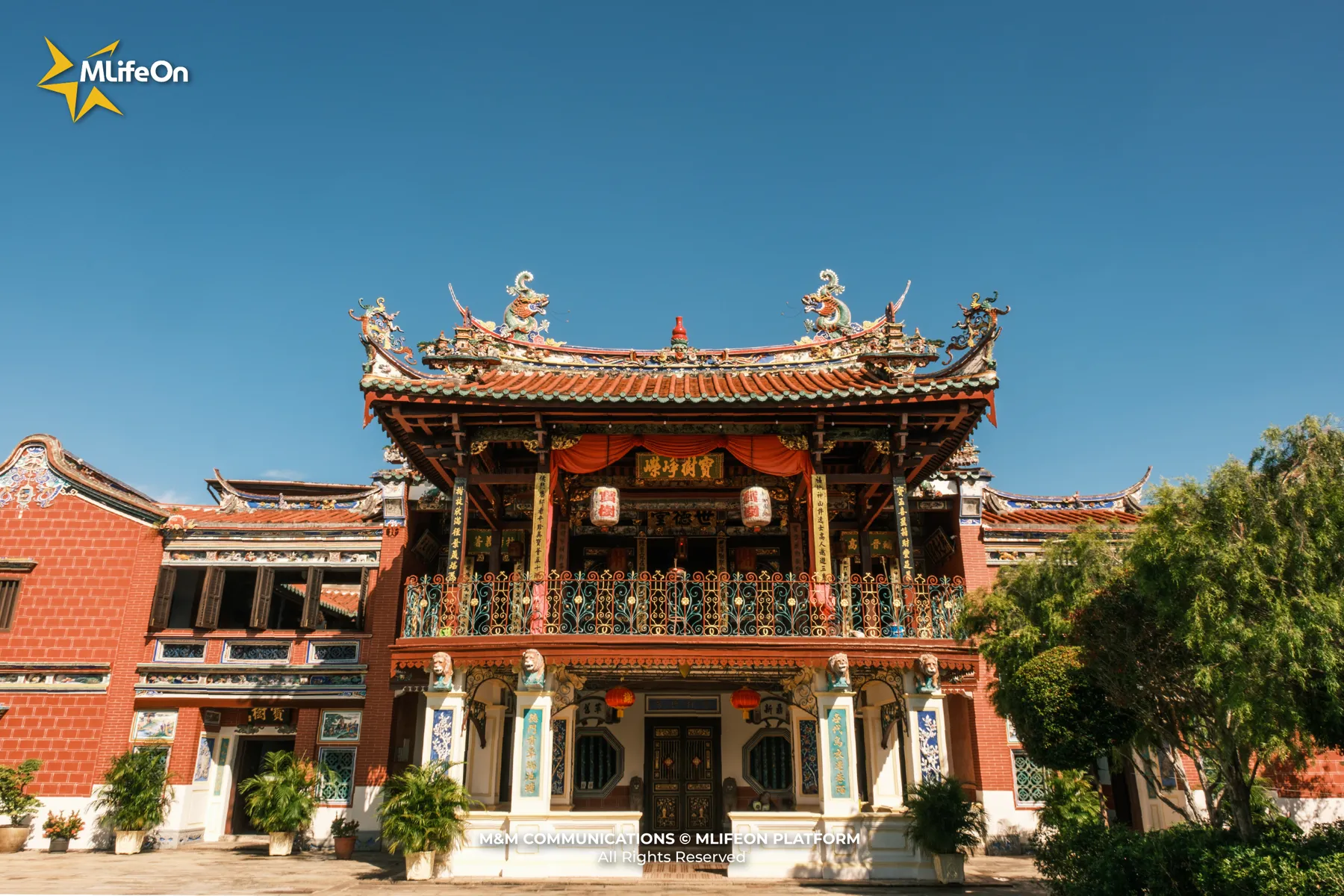
The Beginning of an Ancient Assembly Hall
Cheah Kongsi is not just an assembly hall, but also a place that preserves the stories of migration, settlement, solidarity and worship of a Hokkien community that has lasted for more than 200 years.
And on a cool afternoon, standing in front of the entrance to the Lebuh Armenian stone arch, I knew I would not be able to leave this place too soon.
Cheah Kongsi was founded in 1810, and is one of the oldest Hokkien associations in George Town (a UNESCO World Heritage site), Penang, Malaysia. The members of the assembly hall are descended from Sek Tong Seah, Hai Dang District, Fujian Province, China.
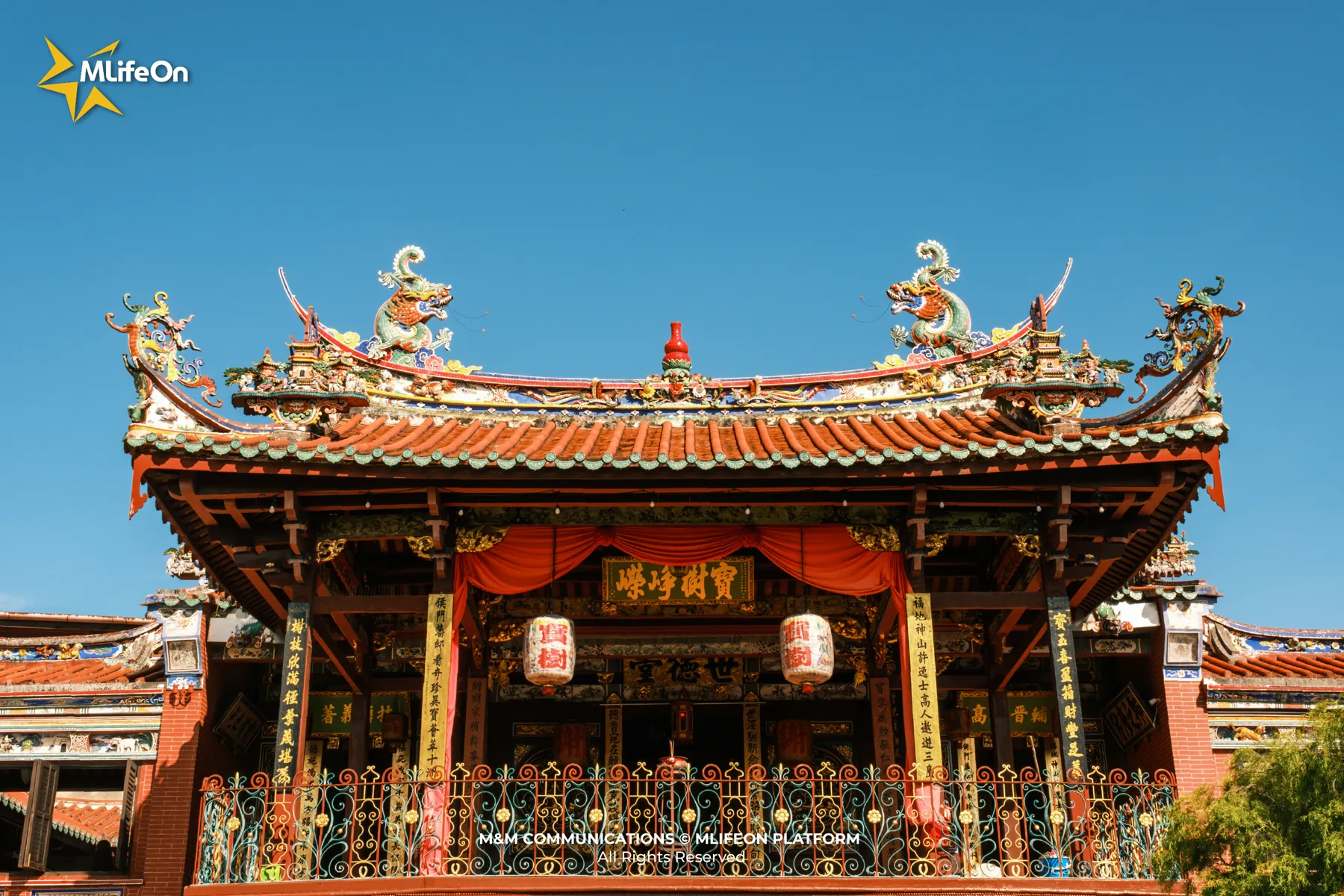
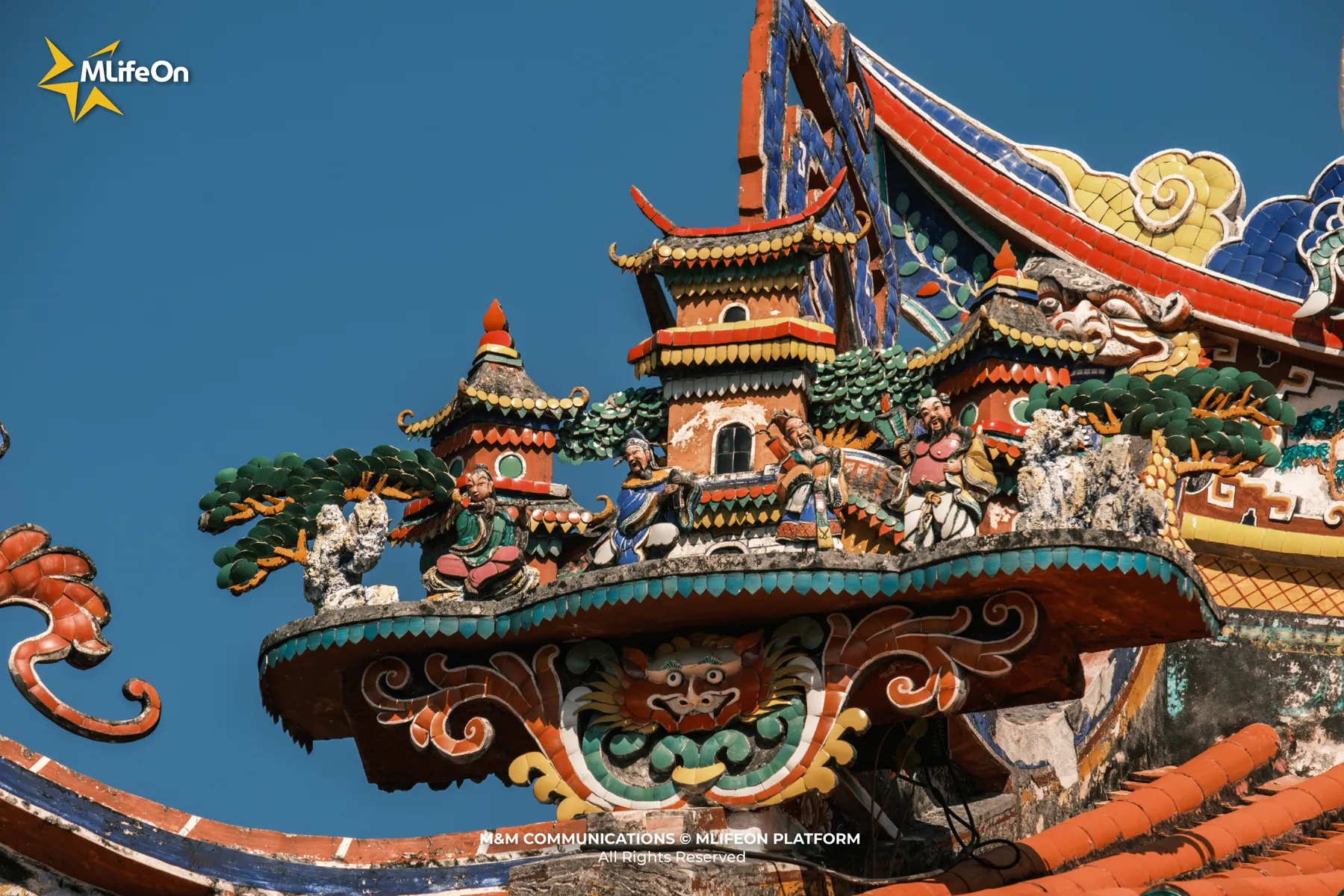
The ancestors of the Hokkien community here include many respected historical figures such as Prime Minister Xie Aun (Eastern Jin Dynasty) and two Tang Dynasty generals - Teoh Soon and Khaw Wan. In recognition of their sacrifice for the country, the Tang emperor at that time posthumously conferred on Teoh Soon and Khaw Wan the title of "Hock Haw", meaning "happy marquis". Later, the Cheah clan worshiped these two generals as the family's guardian symbols.
The Cheah clan's symbol is the "Bao Thu" (Noble Tree), representing their aspiration to take root, spread and develop sustainably when they migrated to Malaysia. In 2011, the club was officially re-registered with the name Seh Tek Tong Cheah Kongsi and this name has been used until now.
When I read their biographies, I felt like I was listening to a historical story from a long time ago - not just a story of a family, but of a community of Chinese people living abroad who chose Malaysia as a place to "settle down and make a living".

Cheah Kongsi - both a home and a meeting place
Like other guild halls, Cheah Kongsi serves as both a place to provide accommodation and financial support for clan members when they first arrive in Penang, Malaysia. This support role will stop when members are stable in their jobs and can start contributing back to the guild hall. In addition, Cheah Kongsi, as a guild hall, also supports the education of descendants of clan members, provides living expenses for widows, and is a place to maintain ancestral worship, so that the family's incense is always maintained continuously and without interruption.

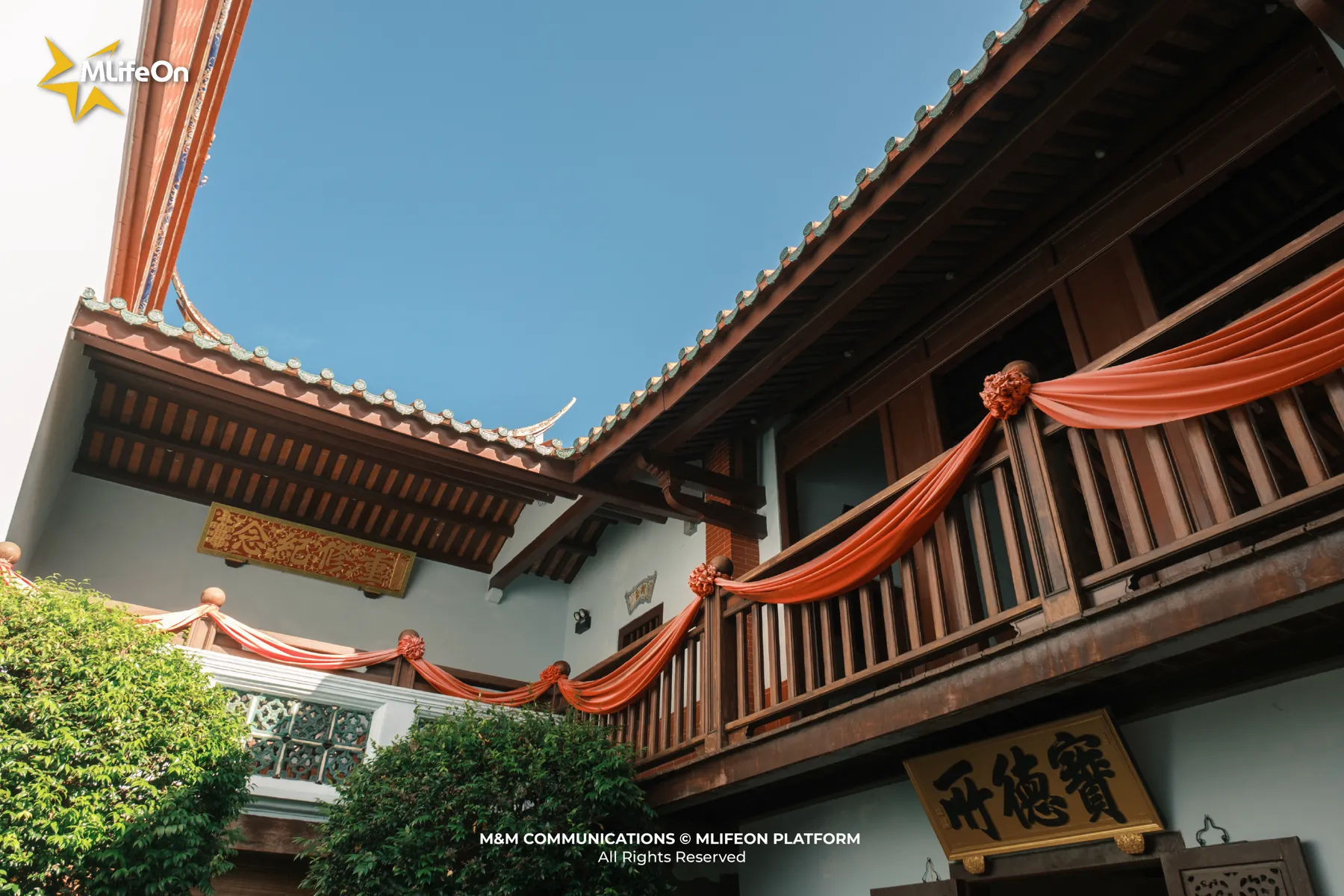
Like many other Chinese guild halls, Cheah Kongsi is both a place for community exchange and a place to preserve beliefs and filial piety. This inevitably reminds me of the Chinese assembly halls in Hoi An that I have visited - where each brick and roof tile contains the spirit of solidarity of hundreds of people over many generations.
Cross-cultural architecture - when cultures converge
Although established in 1810, Cheah Kongsi was officially built in 1858 and completed in 1873, on a land area of 1,500m². The building impresses with its British colonial architectural style combined with typical Chinese architectural features.
In addition to the yin-yang tiled roof, the image of two dragons competing for a pearl, the hanging scrolls, and the horizontal lacquered boards that are familiar to Chinese architecture, Cheah Kongsi also possesses the typical features of British colonial architecture such as symmetrical construction, red brick walls, Gothic details, moldings, and meticulously carved column heads, ... characteristics of British colonial architecture.



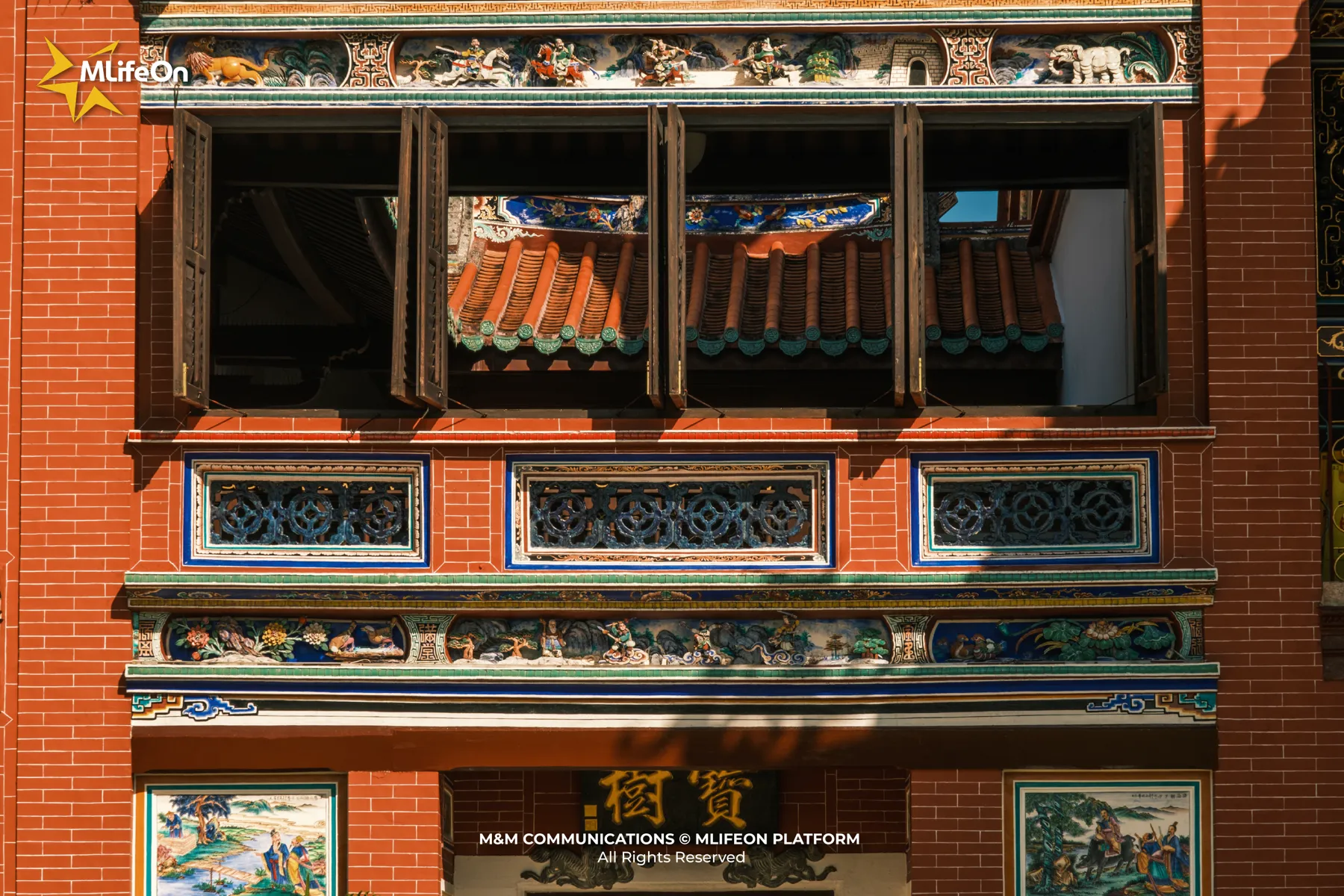
To get to the main hall of Cheah Kongsi, you can go through two ways - Lebuh Armenian and Lebuh Pantai. As soon as I stepped into the main hall, I saw the light slanting through the tiled roof, shining on the red brick floor, slowing everything down, giving a feeling that was very different from the bustling life outside.
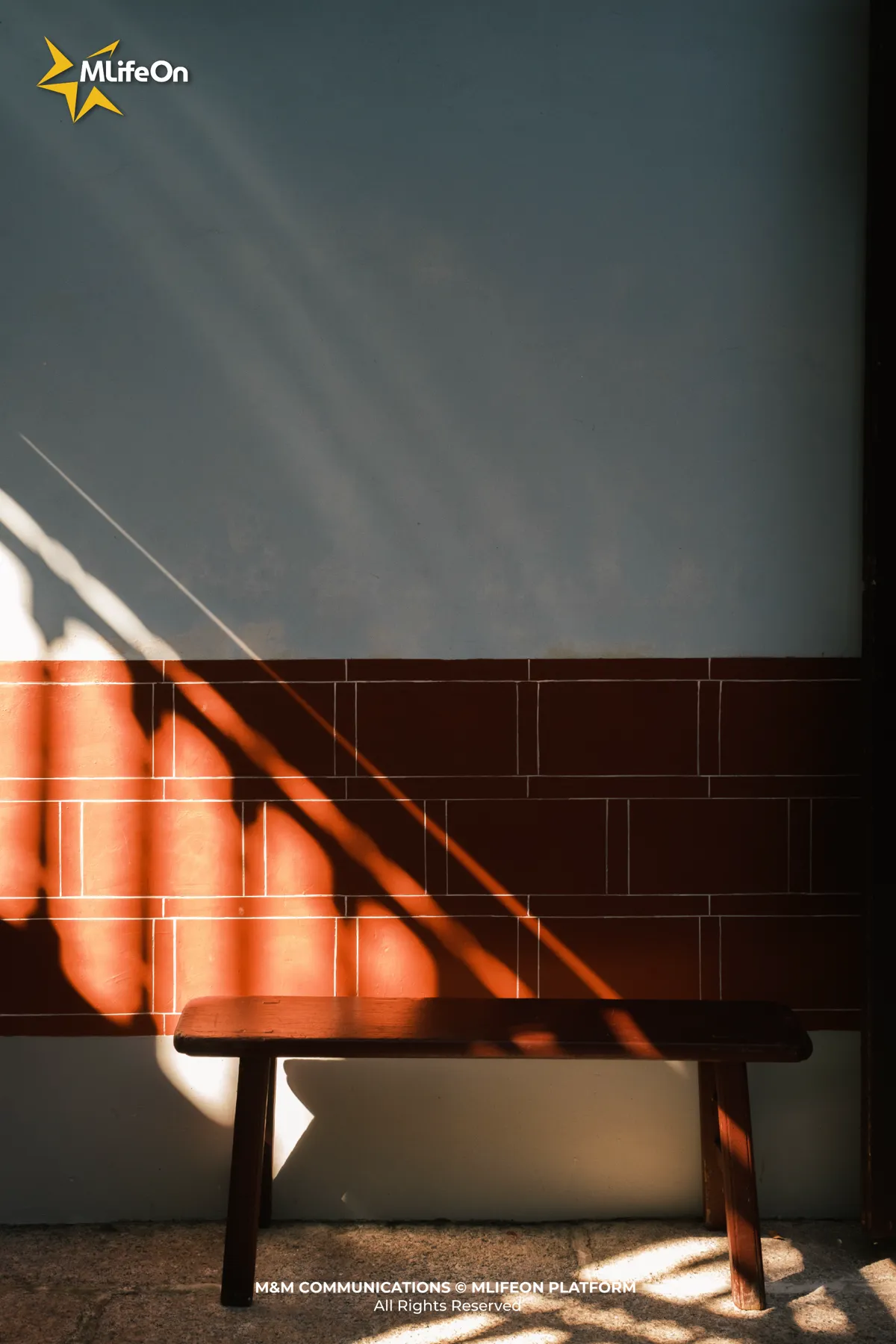
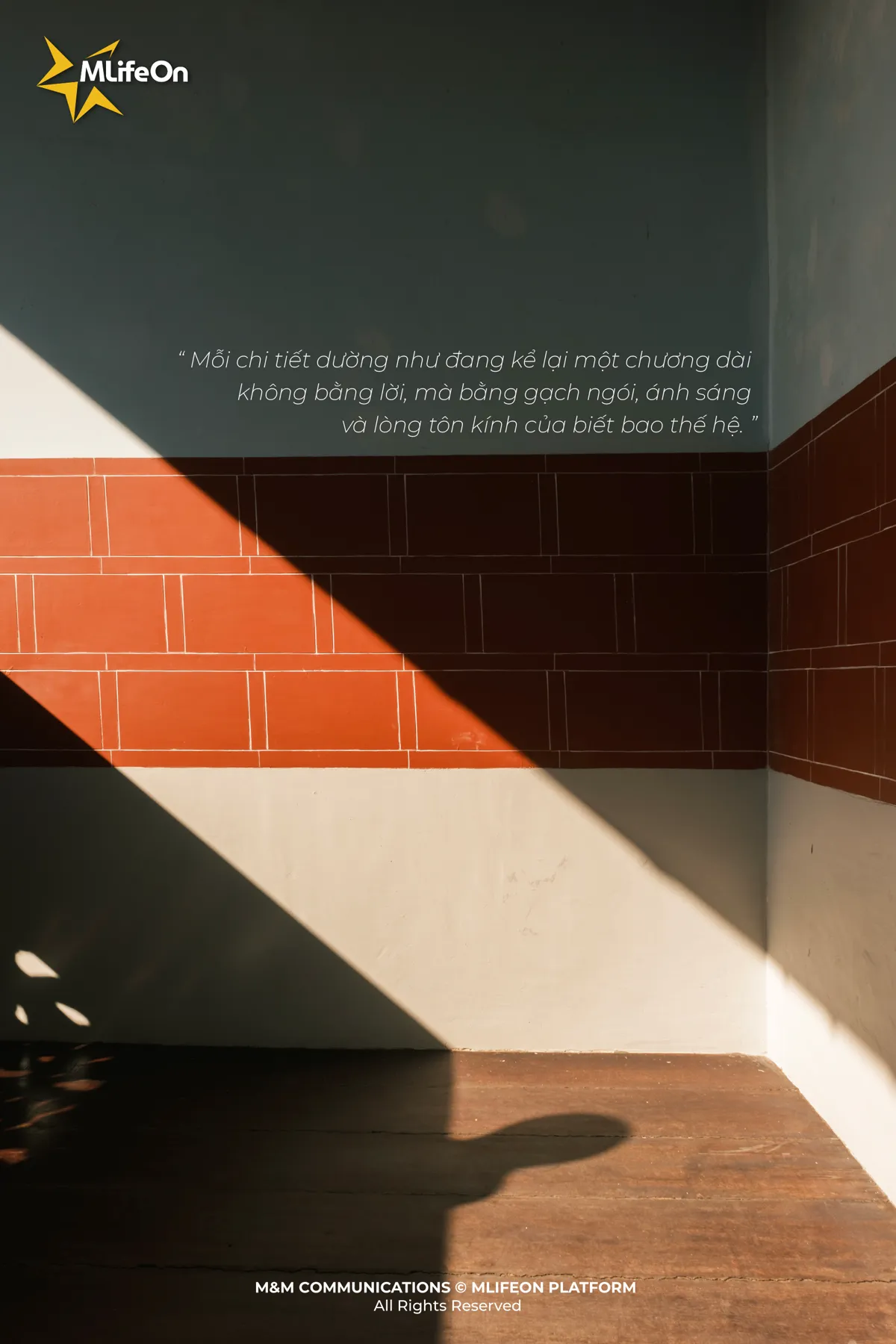
The main prayer hall is located on the upper floor, consisting of three shrines:
-
The middle shrine: worships the main god Kong Hui Seng Ong
-
The left shrine: worships Tua Pek Kong (Earth God) and Tai Sai Yeah (Mother Goddess Thien Hau)
-
The right shrine: worships Hock Haw Kong, the symbolic god from the Tang Dynasty
I stood for quite a while at the altar of the middle shrine, looking at the horizontal plaque hanging above my head, watching the incense smoke wafting, wondering: "Has Cheah Kongsi had this calm appearance since it was built, or has this calmness been increasingly cultivated and embellished over time in this building?".
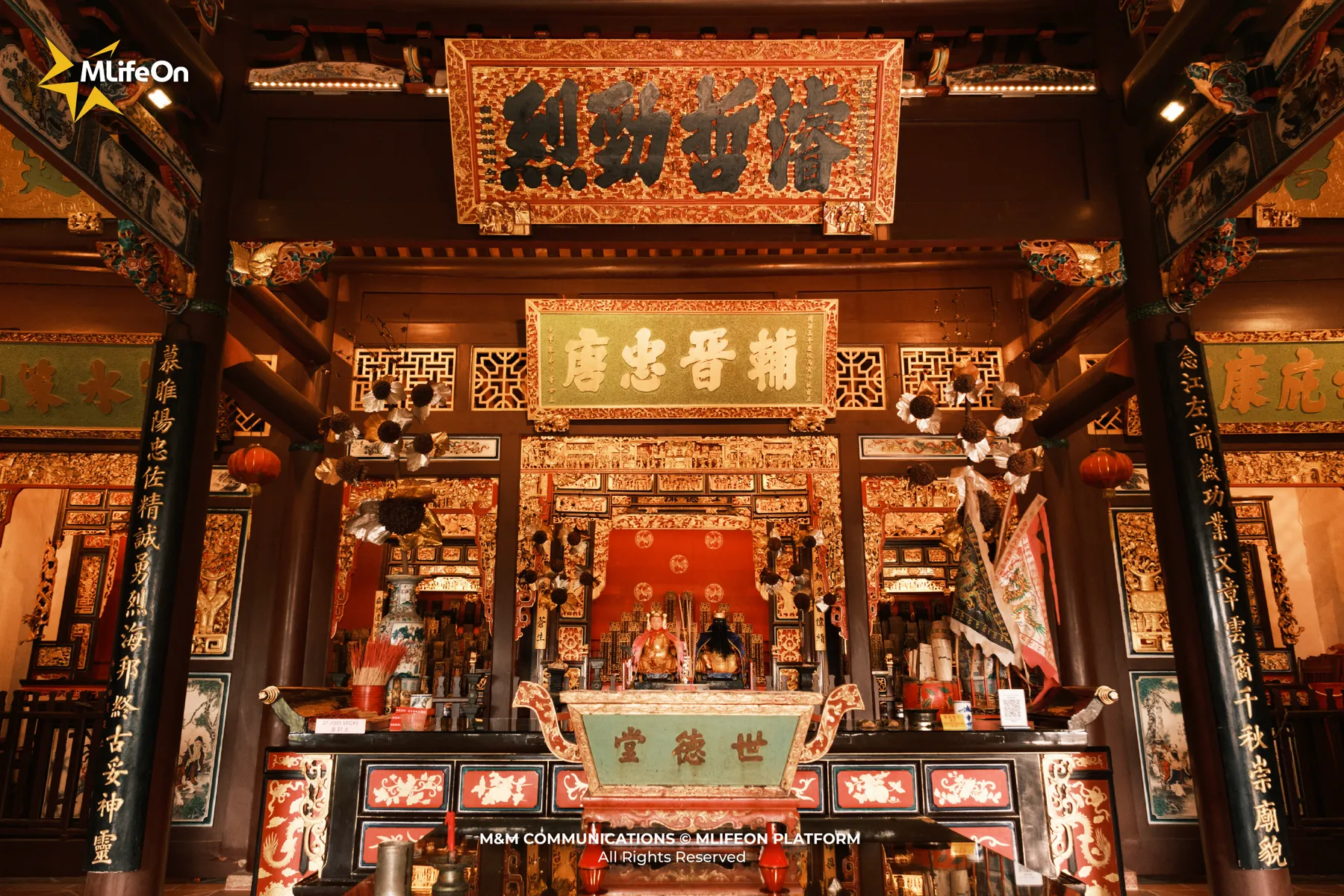
Cheah Kongsi after restoration - a living heritage that opens its heart
As an old building, Cheah Kongsi has undergone many restorations to achieve its current appearance. Among the restorations, the period from 2013 to 2015 when Cheah Kongsi underwent the most renovations and "changes" was the period from 2013 to 2015.
Specifically, during this period, Cheah Kongsi had to close to restore the entire worship space and auxiliary works. The investor focused on implementing this large-scale and long-term restoration process using traditional materials such as terracotta bricks, granite, gold leaf, combined with Jian Nian art (Art of collage of broken pieces) and Cai Hui (Ancient Chinese architectural paintings) to help Cheah Kongsi recreate classical details, while still ensuring natural ventilation for the rooms.
On December 9, 2015, Cheah Kongsi reopened to visitors and was used as an Interpretation Center to serve the study of Chinese history and culture in Malaysia. By December 2026, Cheah Kongsi, representing Malaysia, was honored at the International Property Awards for the 5-Star Public Service Architecture category in the Asia-Pacific region.

The art of collage of broken pieces is widely applied on the roof of Cheah Kongsi

The dragon image was created using cut-and-paste shard work.


Ancient Chinese architecture painting

Without flashy signs, no noise or bustle, Cheah Kongsi calmly tells the family story in its own way - through each brick, roof tile, and architectural line of a period of many cultural and historical changes.
Conclusion
Cheah Kongsi is not a bustling tourist attraction, but it is a place worth visiting if you are looking for a deeper experience in your journey to explore Malaysia. If you have the opportunity to visit George Town, try visiting this building to slow down and listen to the stories told through architecture, through the respect of a community with strong ties to its roots.
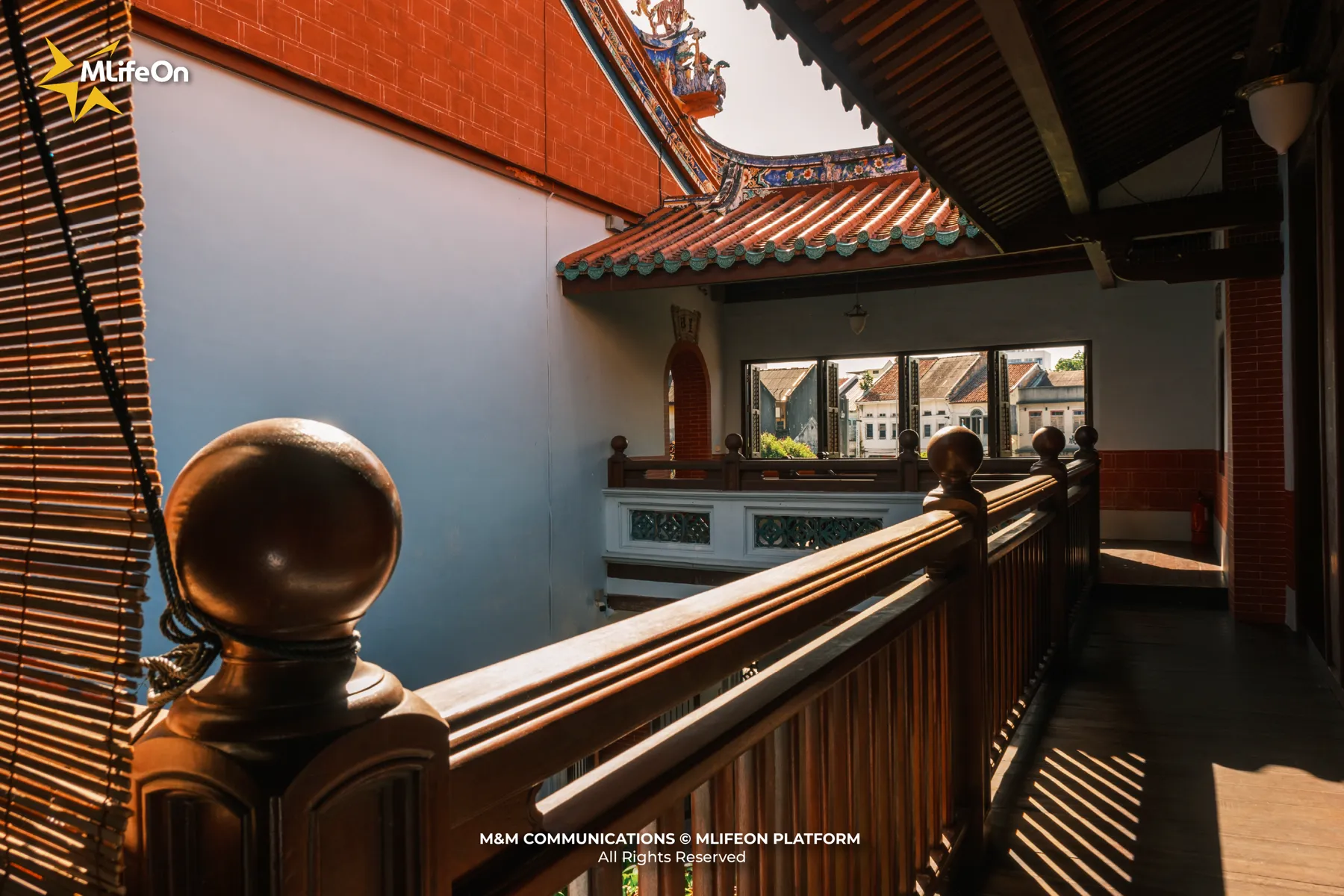
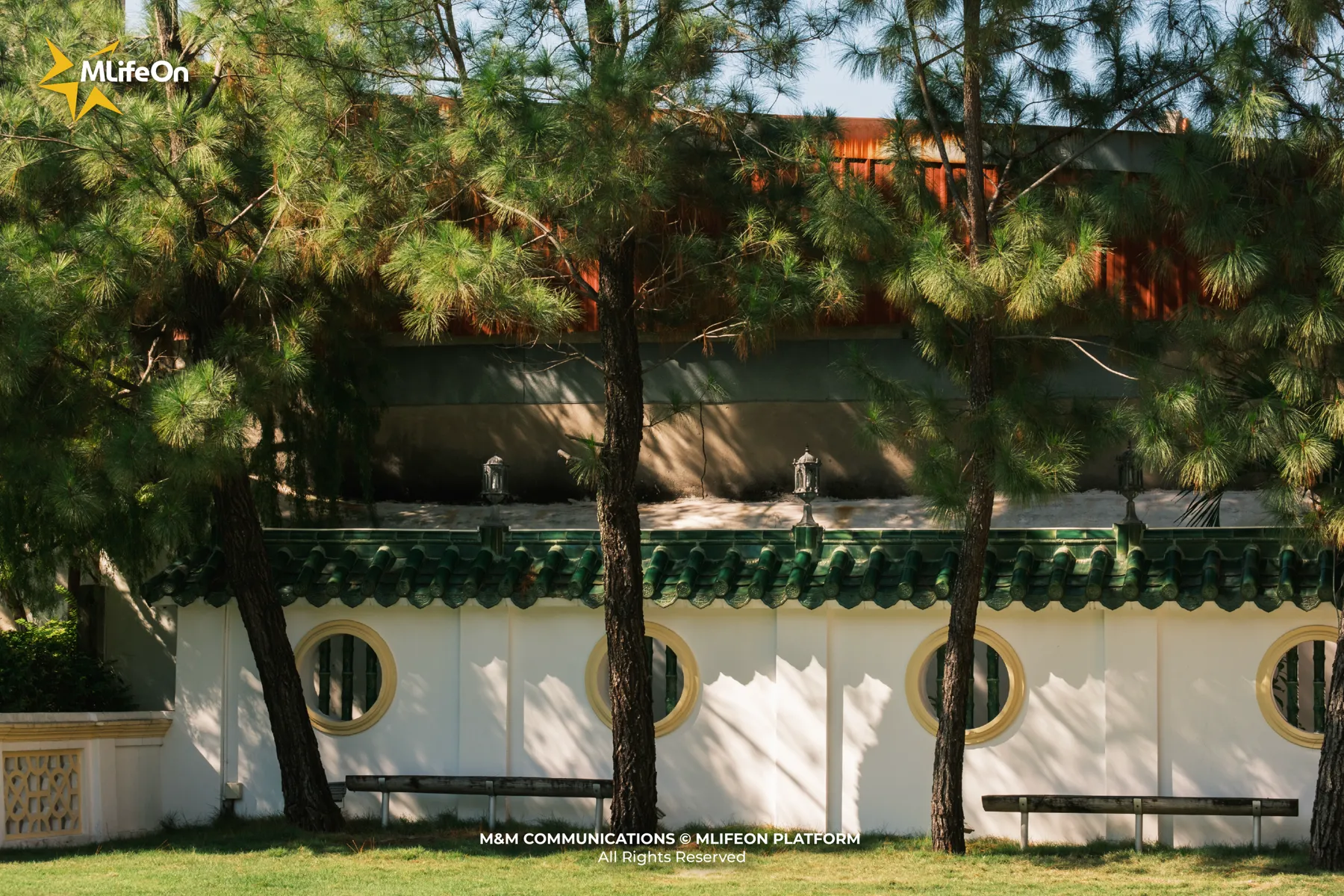
—----
CREDIT:
- Photography: Luan Nguyen
- Content: Giang Huynh
- Design: Bao Tram


